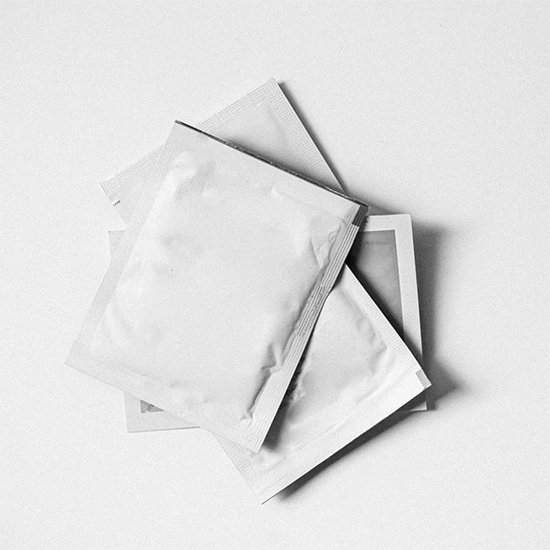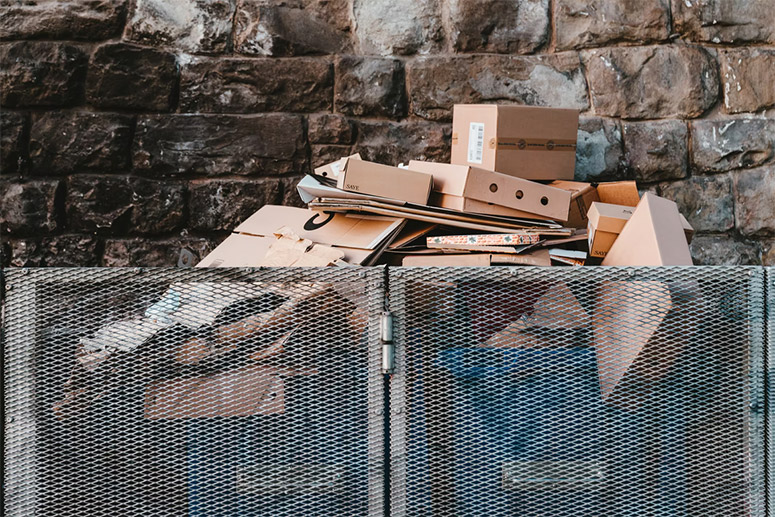Going zero-waste shouldn't be a zero-sum game
It’s not hard to believe that the Philippines is ranked third in the list of global polluters, throwing a staggering 2.7 million tons of trash away every year. True enough, when was the last time we’ve seen Manila Bay sans sachets and straws anyway?
Apparently, the situation has gotten so severe, it’s been projected that there will be more plastic than fish in the ocean by the year 2050 — a prediction that I first heard when I was 15.
At the time, I was nursing a newfound milk tea addiction, bringing home at least one large cup of creamy pearl goodness every week. I saw no problem with it then besides the risk of premature diabetes, until one particular gimik with friends.
Before claiming our orders at the counter, each person in our group pulled out a metal straw from their satchel bags. When I admitted that I hadn’t gotten my own yet, I was told I was responsible for the pollution of our seas (as well as the death of at least a thousand turtles per year.) The judgmental stares they gave me remain seared into my memory to this day.
The pressure I felt to contribute to the salvation of the planet led me to swap the products I used for more reusable alternatives — a practice that remains prevalent today. We’ve slowly transformed ourselves into eco-warriors, tossing out tampons and refilling bottles of bathroom essentials before doing our business. And with the number of shops and start-ups that have been established to meet this growing demand, we show no signs of stopping until our homes are filled with only metal or bamboo.
It goes without saying that committing to this lifestyle is an investment, but is it one that we can all afford to make?
Despite being paved with good intentions, this consumer-driven approach to lessening our waste can easily exclude those on the fringes of society — all 17.6 million currently living in the Philippines. Besides the fact that these items are made from scarce and thus more expensive materials, most of them can only be purchased through online channels or specialty stores in lush lifestyle malls.
In an interview with Mic, youth climate activist Kristy Drutman said, “It’s placing the burden on them. (It’s like) they need to be spending this kind of money to live this kind of lifestyle, and if they’re not, they’re not actually helping the environment.
This virtue-signaling that requires people to purchase to prove their solidarity with the planet stems from another mistake we tend to make. Today’s zero-waste movement frames our current climate crisis as an individual responsibility to be shouldered more than a systemic issue to be addressed.
All their lives, the poor have been saving the planet in other ways: They’ve repurposed empty food containers, passed down clothes from generation to generation, and only bought items that were completely necessary.
By neglecting other people’s nuanced contexts and how those factor into their ability to participate, we often end up villainizing those who are most affected by this issue.
Take, for example, the use of SUPs (single-use products) such as sachets. It’s common knowledge that they’re lined with chemicals, which make it impossible to fully decompose, so if we voluntarily choose to buy single-use, we are playing a crucial role in the destruction of our environment. But what others fail to see is the convenience and accessibility such products offer to poorer communities.

Single-use wrappers for basic commodities like detergent, shampoo or powdered milk allow those who live on irregular and low budgets to consume even small units of goods — goods that would have been completely inaccessible to them if bought in bulk. Should we fault them for resorting to this practice if it’s all they can afford? Should we force them to allocate their budget for long-term forms of packaging, when they have to worry first about putting food on the table tonight or their kid’s tuition payment?
All their lives, the poor have been saving the planet in other ways: They’ve repurposed empty food containers, passed down clothes from generation to generation, and only bought items that were completely necessary. These practices aren’t posted on the Internet and bathed in aesthetically pleasing pastel filters — rather, they are a product of necessity, of survival. So surely, if they were presented with an equally affordable but viable option, they would not hesitate to take it.
It’s time to realize that there are no hard and fast rules to caring for Mother Earth and we should stop holding everyone to the same standards often imposed by the privileged.
This is precisely why we must divert our energies from blaming violators to demanding accountability from those truly responsible. Not a lot of us may know that the idea of zero-waste started out as a series of guidelines for businesses to practice responsible consumption, reuse, and recovery — not as the individualistic lifestyle we know of today. This was done in the hopes of avoiding harmful discharges to our neighborhood by addressing the root of the problem: the corporations responsible for 90 percent of our country’s total plastic waste.
Multinationals have pledged to reduce the plastic they put out into the world, but the soonest time we’ll be seeing drastic improvements is by the year 2025. As we wait for that happy day when 100-percent recyclable and compostable packaging will finally be available, perhaps we can reflect on how we’ve collectively demonized plastic. Turns out, our planet’s public enemy No. 1 has several possible, sustainable uses.

In a think piece published on Rappler, material specialist Judy Ascalon proposed that “their non-degradability does not have to be their downfall” when they could be used to produce durable goods such as furniture or industrial goods. Using waste plastic as raw material lessens the natural resources we take from the environment and encourages discovery and invention.
The current administration can also go the extra mile by filling the gap in materials recovery facilities. These solid-waste management plants salvage recyclable goods from the garbage produced by communities, and can easily be established in each barangay. But their operation is heavily reliant on the priorities of the local government, which is known to focus on other things, with or without the health crisis looming over our heads.
On a personal level, the platforms available to us can serve as a springboard for these uncomfortable and difficult conversations. It’s time to realize that there are no hard and fast rules to caring for Mother Earth and we should stop holding everyone to the same standards often imposed by the privileged.
Going zero-waste ultimately boils down to living more consciously and thoughtfully: whether that requires a radical lifestyle change or the simple reuse of what you already have is completely up to you.
Photo art by Christina Cawad



